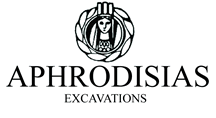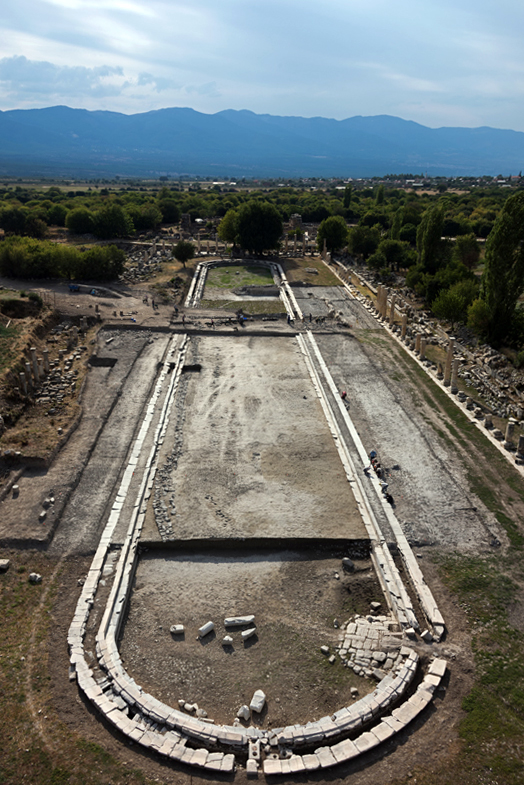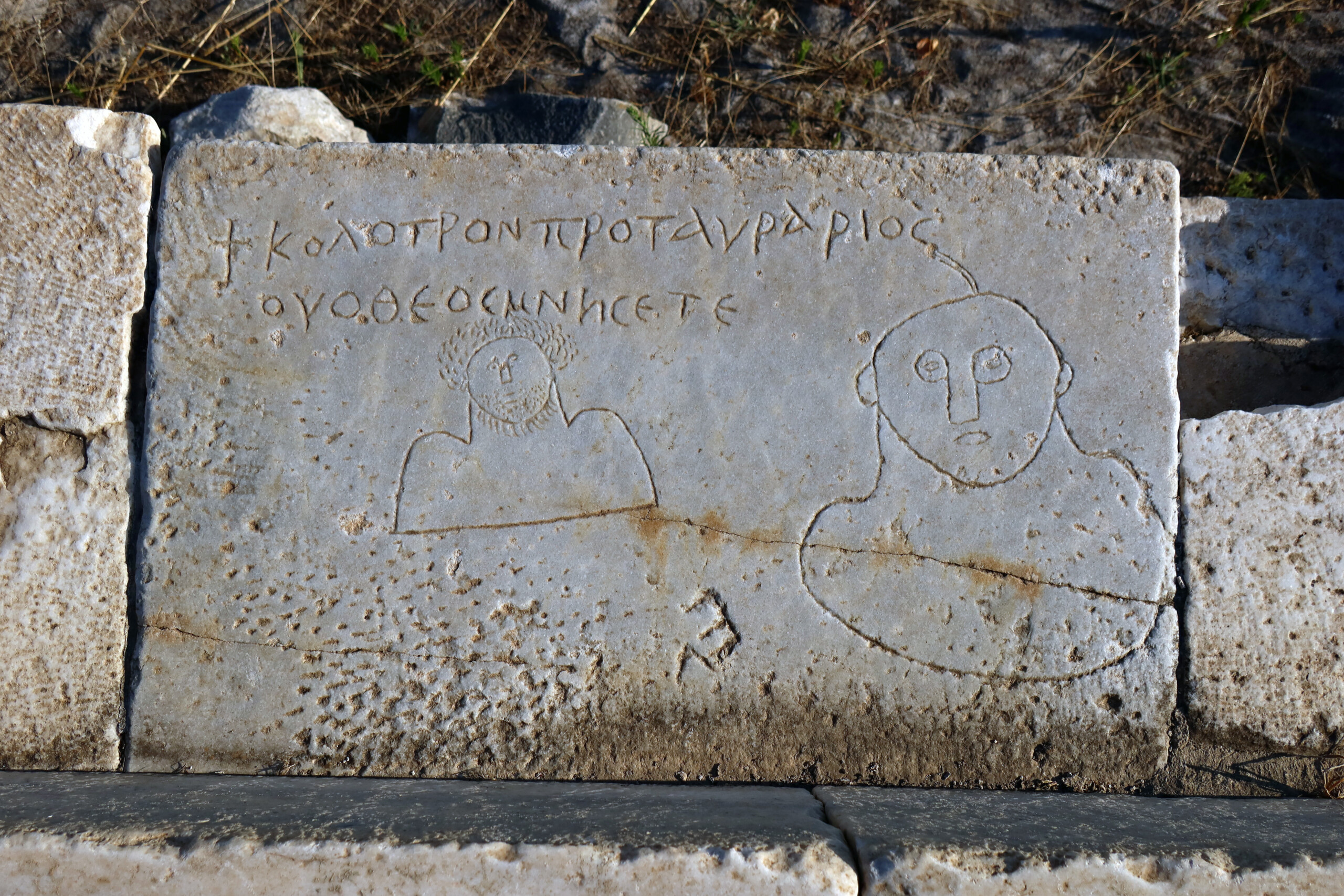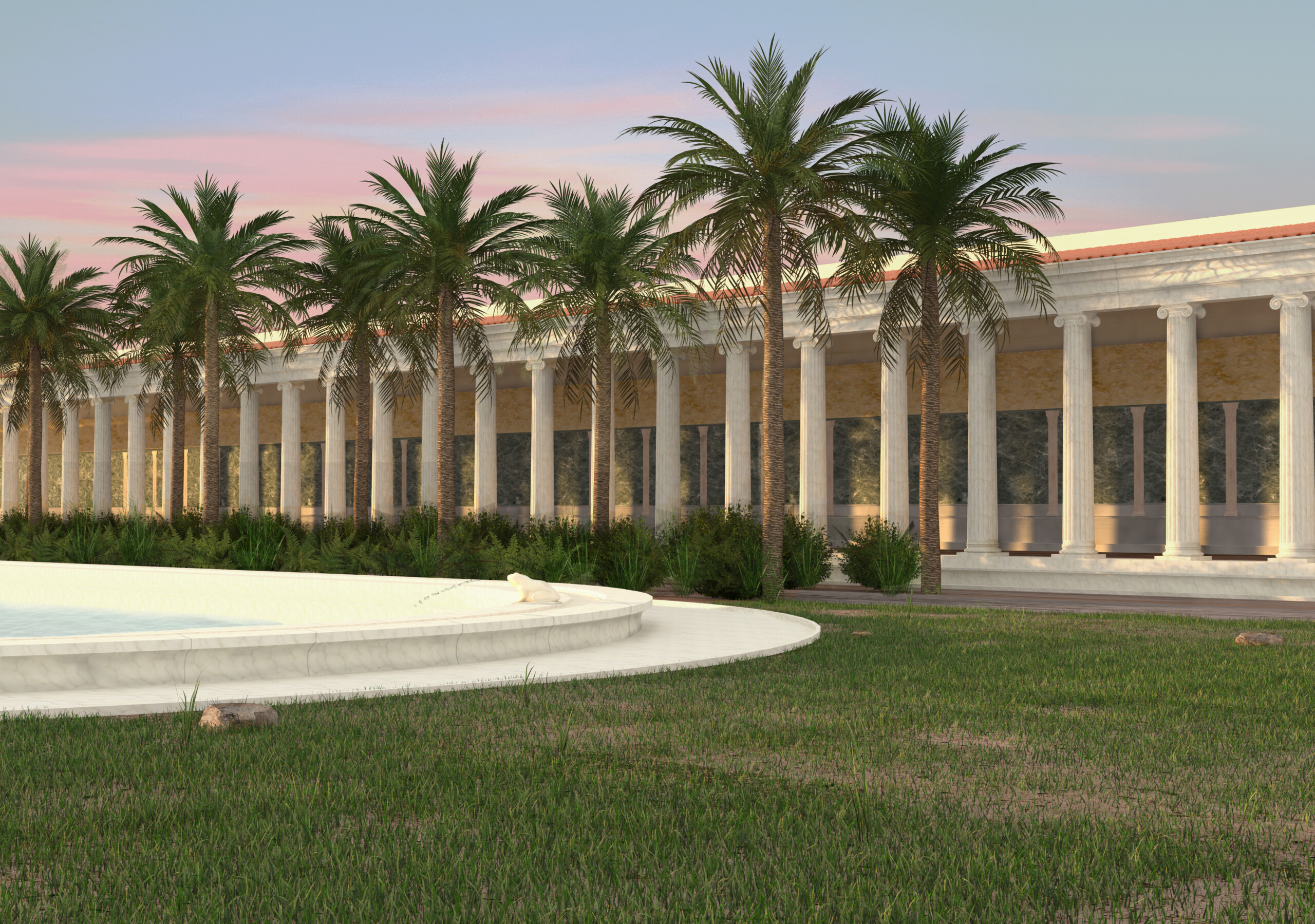Mica and Ahmet Ertegün South Agora Pool Project
The South Agora (now re-named the Urban Park) was a huge public complex, 230m long, with a 170m-long pool at its centre, surrounded by Ionic colonnades. It was not in fact an agora but an Urban Park, modelled after the porticus parks of early imperial Rome. In a late antique poem, inscribed on one of its monuments, it is called the Place of Palms (as explained below).
The complex was laid out in the early first century AD and after successive restorations was still functioning in the sixth century AD. Most of the north stoa of (the ‘Portico of Tiberius’) was excavated in 1937 by the Italian mission to Aphrodisias that stayed only one year. Further excavation was carried out in the 1980s that unearthed the two ends of the long pool, but most of it remained un-excavated and un-researched.
The pool caught the attention of Mrs. Mica Ertegün during a visit to Aphrodisias in July 2011. She was intrigued by its character and history. A strong clue to the interpretation of this grand ornamental pool is given by an honorific poem inscribed on the Propylon of Diogenes, a columnar facade facing the east end of the pool. This epigram describes ‘a place of the Nymphs’ and a ‘place of palms’ that had been restored in c. A.D. 500 by a great local benefactor called Flavius Ampelios:
‘… we Nymphs are grateful, because he (Ampelios) gave wonder and splendid beauty to the place of palms, so that anyone who, among our waters, turns his glance around, may always sing his praise and that of the place of the Nymphs.’ (ALA 38)
The hypothesis was that ‘the place of the Nymphs’ in the poem must refer to the long pool and that ‘the place of palms’ referred to the whole complex – probably named after an extensive grove of palm trees. This idea was explored with a generous gift from Mrs. Ertegün in the 2012 campaign. The excavation in that year discovered strong evidence for the palm grove: palm material preserved in wet earth at the bottom of the pool and planting trenches outside the pool on its north side, between the colonnade and the pool edge.
The 2012 season was ‘year zero’ of the project, named The Mica and Ahmet Ertegün South Agora Pool Project, which began in 2013 with an outstanding promise by Mrs. Ertegün of five years of funding to excavate the pool and to research its complex character, long life, and its functional operation. The excavation was completed in 2017, and brought an abundance of remarkable results and important finds, from Roman to Ottoman times.
Work in the Urban Park is now focused on conservation and publication. The marble perimeter of the pool was covered with some 500 graffiti, board games, and informal sketches. The conservation and re-setting of its marble blocks is sponsored by Ömer Koç. At the same time, the history and excavation of the whole Urban Park, by sixteen specialist authors, has been prepared and sent for publication.











